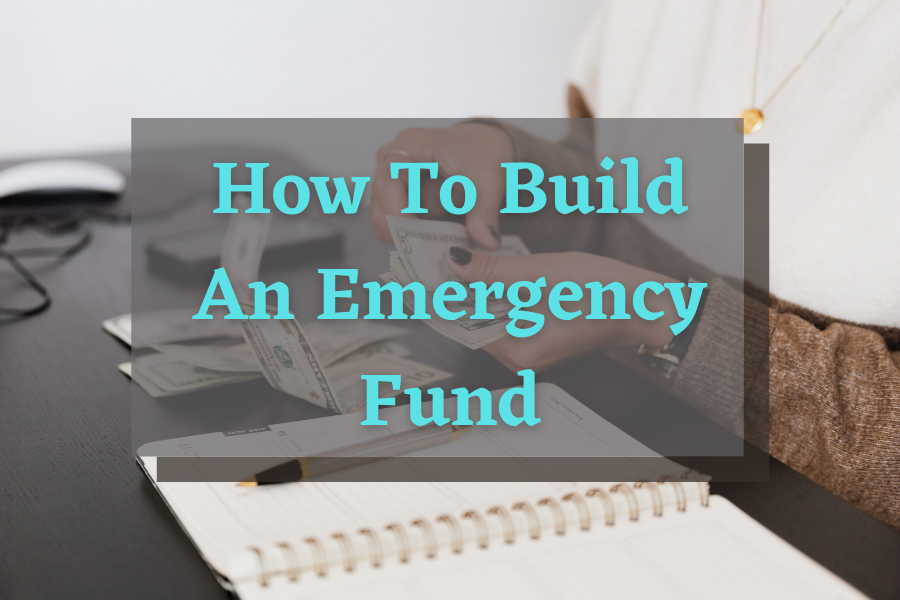Building an emergency fund will ensure you have a certain amount in your bank account that can help you to pay for huge unexpected expenses like a car repair, medical emergencies or any other unanticipated expenses.
In order to stay financially healthy, you must have a savings fund for emergencies and unplanned expenses. If you build an emergency fund, it will come in handy when unexpected expenses strike, so it’s important to save money in one to avoid damaging your personal finances.
With this post, you’ll learn how to build an emergency fund and just how much money you should save for it.
How much money should you have in an emergency fund?
Ideally, you should have your three to six months’ income as an emergency fund. For example, if an average person’s monthly take-home income is £2500, you should have somewhere between £7500 and £15000 as your emergency fund.
Where do I put my emergency fund?
You should open a separate savings bank account with higher interest rates and it should be easy to access. Emergencies can occur at any moment.
5 Ways To Build An Emergency Fund
The importance of saving money in an emergency fund cannot be overstated. Everyone needs to have some amount handy for Here are the five steps you should take if you are starting an emergency fund from scratch.
1. Start Small With Big Goals
You don’t really need to wait for your next paycheck to start saving money for your emergency fund. Start with a small amount in regular intervals and you will be able to have a decent amount over a period of time. Start today, start now!
2. Establish A Timeline For Setting Up Your Fund
In order to accomplish your goal faster, setting a deadline can help. Establish a target date for securing your emergency fund that is in line with your current financial situation. You can set the time frame of three to six months to accumulate your target amount.
3. Stay Committed To Your Goals
Make a habit of saving towards your emergency fund. Stay committed to a regular saving habit, be it weekly or monthly, you should stick to it. It’s okay to be flexible with the amount you save, but make sure that you save regularly.
4. Look For Side Hustles
It’s easy to save from your regular monthly income to build your desired emergency fund. But it’s even easier when you earn and save some extra cash to top up the savings account consistently.
You can look for some side hustles like selling your old clothes, offering a service in exchange for money, taking paid surveys, or becoming an online tutor; there are unlimited side hustles available if you look in the right place. They will help you earn some extra cash that can go directly to the Emergency Fund Savings Account.
5. Cut Off Some Expenses
This can be a neglected part of your financial life always. We tend to misinterpret our spending habits for our needs. If you have a closer look at your expenses and try to differentiate between wants and needs, you can easily cut down your expenses by 20% or more.
Prioritise your wants over needs, and you will always find some extra cash to fund your saving goals.
We hope that this advice will help you to build an emergency fund to help you in case of a rainy day.





